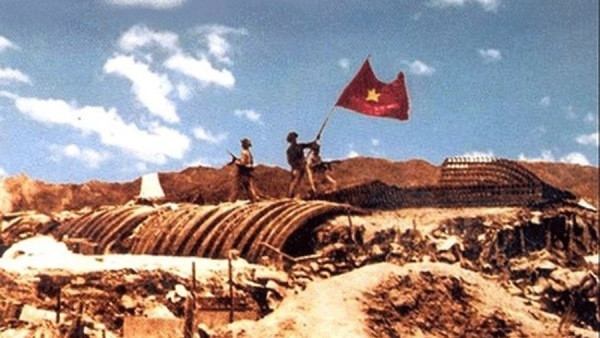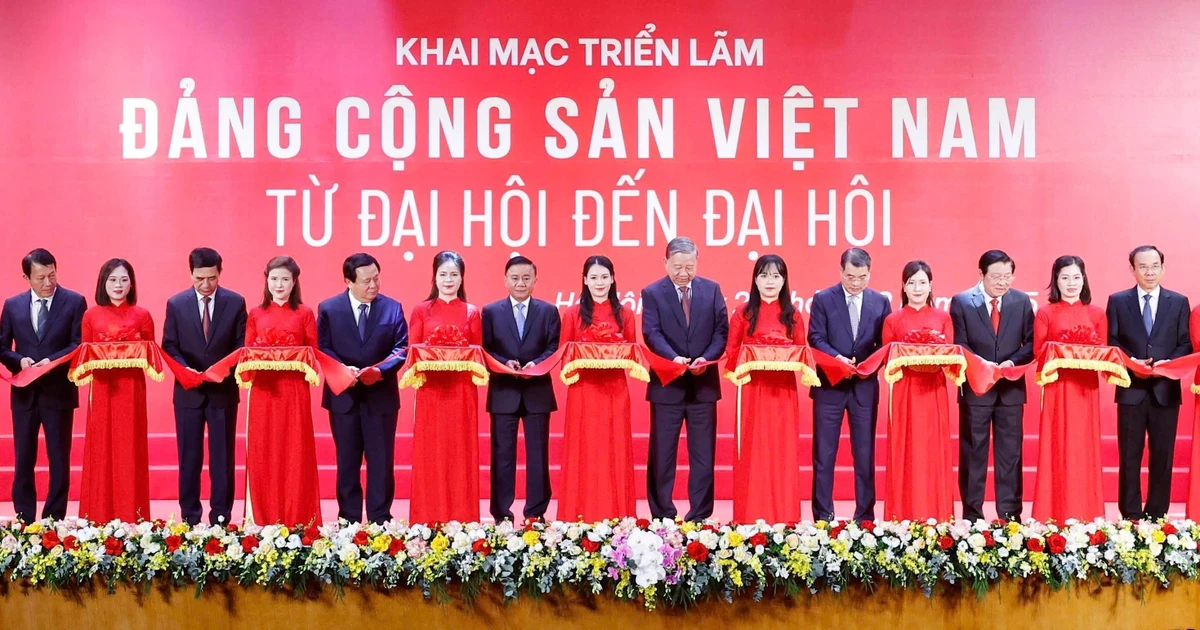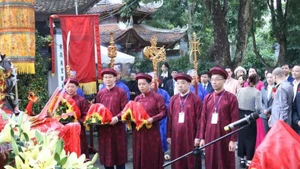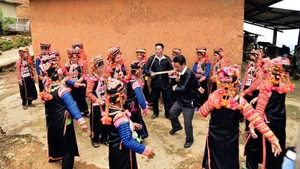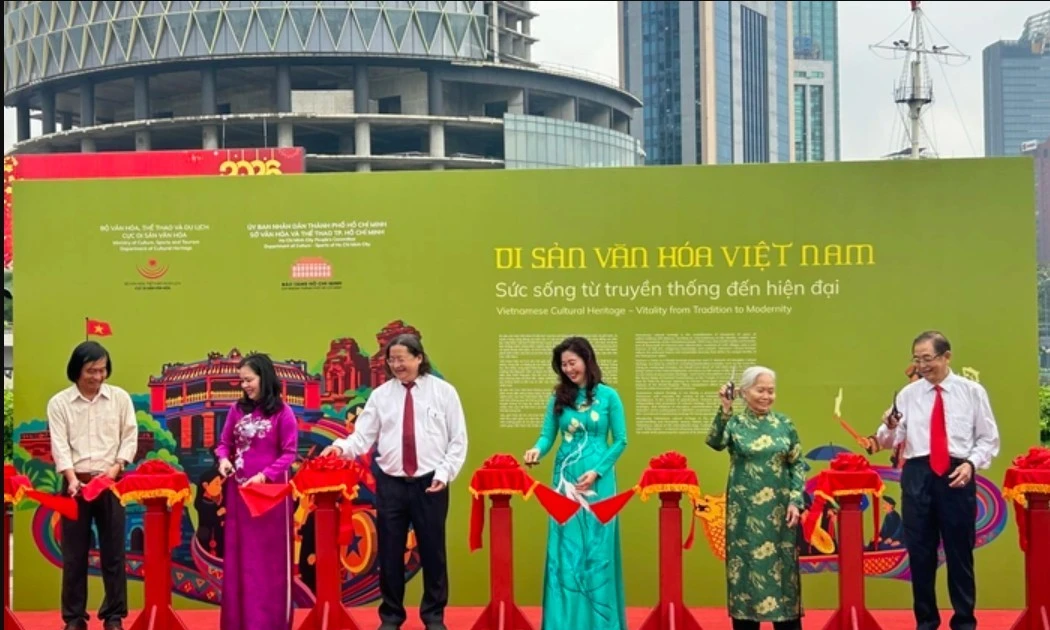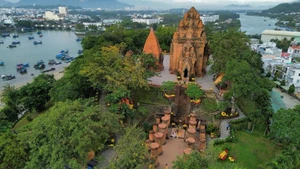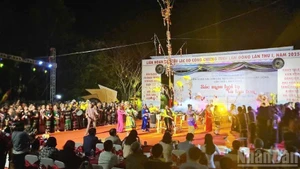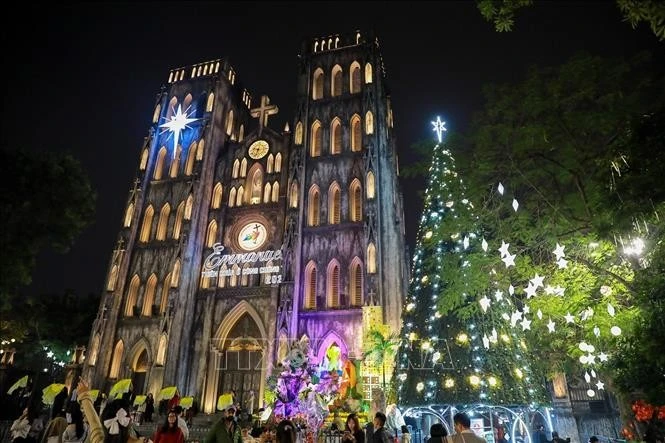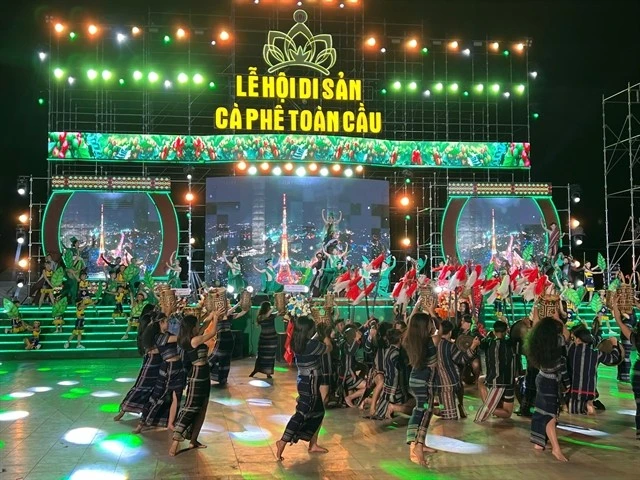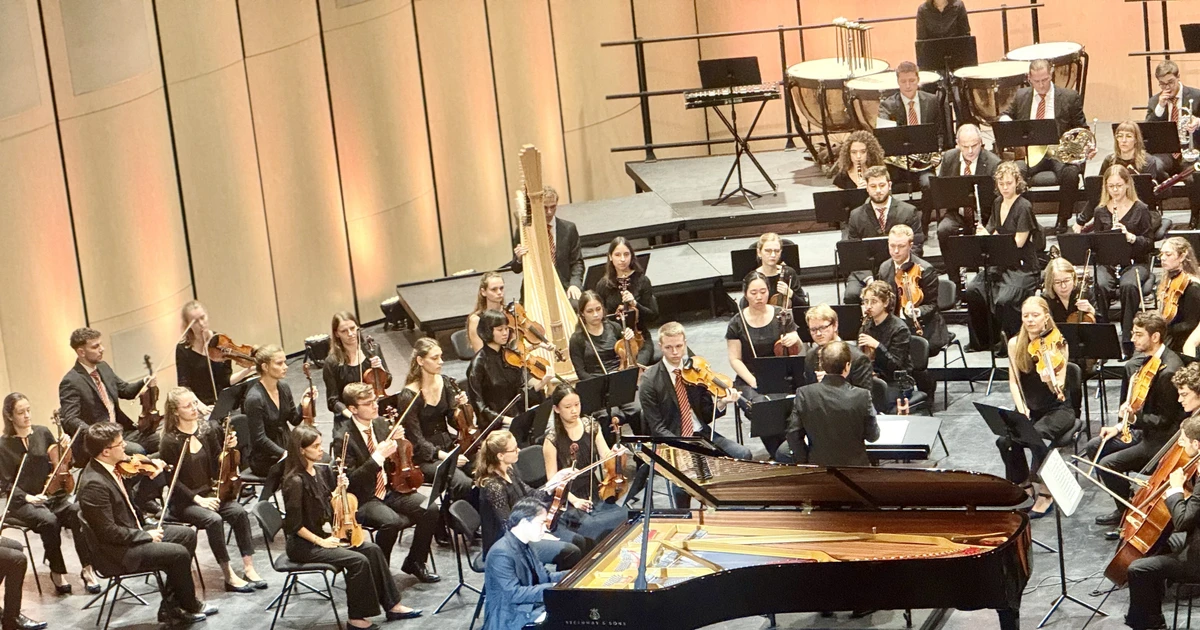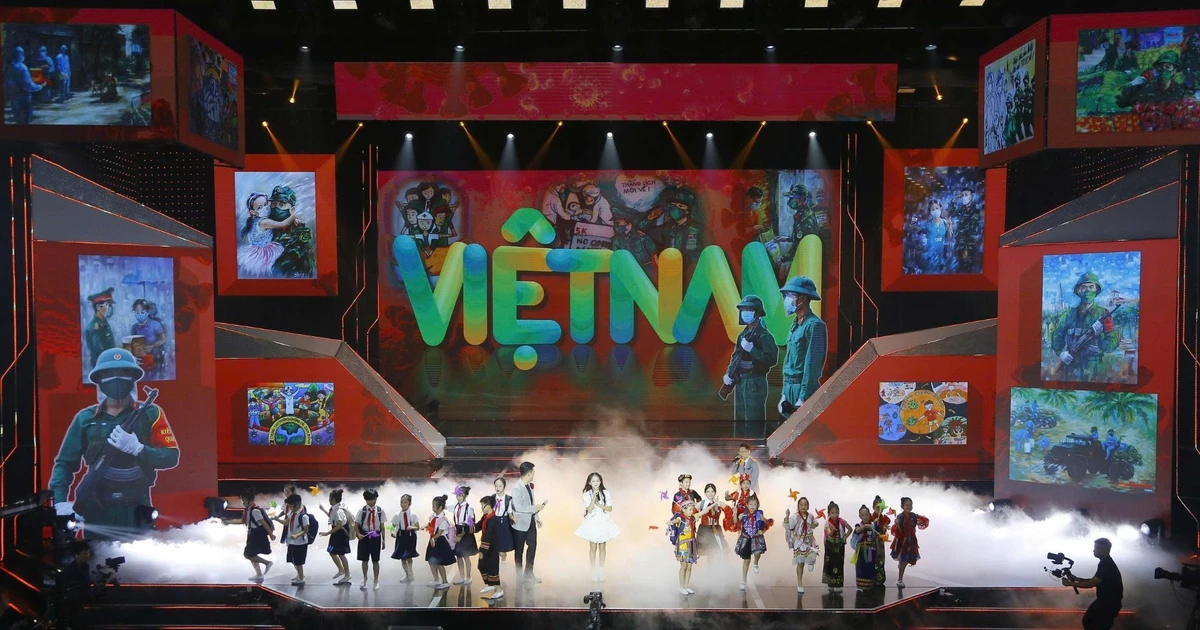The Dien Bien Phu victory not only made the French admire the Vietnamese people but is also a symbol of liberation to colonised peoples around the world. It seems that because of its magnitude, only cinematic powers such as France, the US and Russia can make films about this victory. As a prisoner of war, French director Pierre Schoendoerffer, who could not forget his horrible memories at Dien Bien Phu, decided to come back to Vietnam in 1992 to make a film entitled Dien Bien Phu.
Although trying to view Dien Bien Phu from a distant time and place through the eyes of such low-profile characters as American journalist Howard Simpson (played by Donald Pleasence) and violinist Béatrice Vergnes (played by Ludmila Mikaël), Schoendoerffer spent most of his story depicting the desperation of French soldiers counting down to the moment of their defeat. From the view of a French man who regarded this war as a gamble, the director became obsessed with images of French soldiers struggling in the midst of guns, blood, rain and mud.
He was brave to paint the portraits of soldiers in the French Union army, which consisted of white, black, indigenous and Thai ethnic men who all shared the same fate. The images of advisory officers beside their desks stand in stark contrast with the images of French soldiers mired at Dien Dien Phu. Perhaps his heart shared the same beats with those who died here. Viewers can recognise some small bright spots in the spirit of the professional army, but at the end of the film, the director still had to acknowledge his respect for the Vietnamese people and their army. The film is a memorial of the more than 8,000 French soldiers who died during the battle of Dien Bien Phu and a tragic hymn to the French people. Pierre Schoendoerffer once said that he produced the film to remind the French not to make any more mistakes and not to forget their humiliating defeat at Dien Bien Phu.
In 1999, American producers Dave Flitton, Andy Aitken and Justin McCarthy made a documentary series called Battlefield Vietnam. They spent a great deal of time and effort on collecting materials, writing a screenplay and making an epic in pictures with thorough analysis of the American defeat in Vietnam. In the first episode, ‘Dien Bien Phu – The Legacy’, the film-makers clearly outlined the French defeat at Dien Bien Phu as well as America’s blatant intervention in Vietnam by providing weapons and logistics to the French. This means that the US government had implicitly replaced France in Vietnam in the so-called mission to prevent the spread of communism from the Soviet Union and China to Southeast Asia.
From the Western point of view, the film-makers certainly tried to justify US involvement in Vietnam, but with the image of General Vo Nguyen Giap chosen as the poster for the first episode, US film-makers implied that the US would inherit a legacy of defeat in Vietnam like the French before them.
Daniel Roussel, another French director, also made a documentary about Dien Bien Phu entitled La bataille du Tigre et de l'Éléphant (The Battle between a Tiger and an Elephant). From 1980 to 1986, he was a reporter for the L'Humanité in Vietnam. In making this documentary, the French director used President Ho Chi Minh’s metaphor describing the battle at Dien Bien Phu between the Vietnamese soldiers and people and the French as a battle between a dynamic tiger and a large but slow-moving elephant.
The central character of this documentary is General Vo Nguyen Giap, whom Roussel had researched extensively from different angles. The director also compared the strategies of the two sides through authentic materials and General Giap’s in-depth analysis. The vivid footage filmed at Dien Bien Phu and Muong Phang, as well as images of General Giap’s simple life, showed viewers the true portrait of a great general and a peace-loving and patriotic people.
Perhaps the documentary that has left the strongest impression on Vietnamese audiences is Vietnam, a film by Russian director Roman Karmen. He was quoted by Vietnam researcher Anatoly Sokolov as saying that, “We understand that this mission is very difficult because our film crew will travel to a country is completely foreign, although their spirit and emotions are very close to those of the Soviet Union. Moreover, there are not many newspapers and books for us to learn about Vietnam. We only have one book by a French author”.
From Karmen’s journals, Sokolov concluded that, “Thanks to the help of Uncle Ho, Karmen completed the filming of the scenes set in Dien Bien Phu after the campaign had ended, such as those where President Ho Chi Minh and General Vo Nguyen Giap give commands and the Vietnamese soldiers advance to attack General de Castries’ bunker. In Vietnam, director Karmen paid special attention to the scene when thousands of French prisoners of war march past the camera as the symbol of the defeat of French colonialism in Vietnam in particular and the world in general”.
It can be affirmed that Dien Bien Phu is still one of the rich sources of inspiration for film-makers of major cinemas around the world.
With the passage of time, history usually repeats itself by accident. The film-makers, with their deep insights, remind humankind to respect one another: to respect minority peoples while developing great cultures. No enemy can threaten a people united under a lofty ideal.
